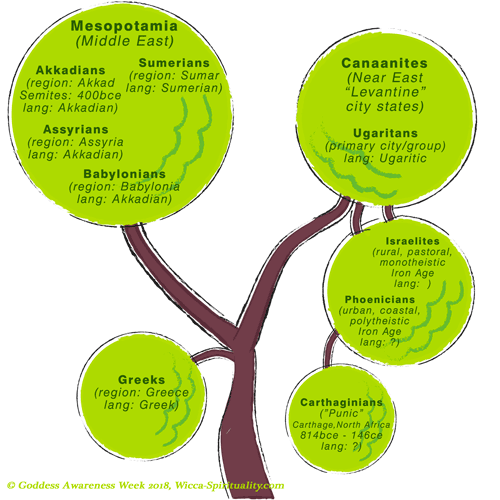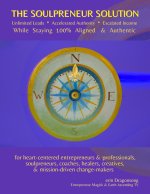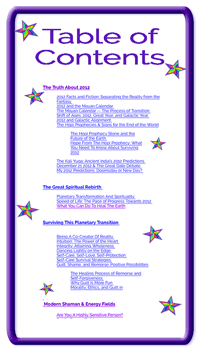Ancient Goddess Lands
![Map of Mesopotamian Region By Goran tek-en [CC BY-SA 3.0 (https://creativecommons.org/licenses/by-sa/3.0)], via Wikimedia Commons © Wicca-Spirituality.com](https://www.wicca-spirituality.com/images/xMesopotamia-map-grn-400x283.png.pagespeed.ic.PFS_vB91Yf.png)
|
- invention of the wheel
- domestication of plants and animals
- beginning of cereal agriculture
- creation of writing, cuneiform script
- development of mathematics and astronomy
- earliest irrigation, with dams, dikes, and canals
- possibly the first appearance of wheeled carts
- began record keeping and calculation

|
Some Background: Mesopotamian Cultures & Religions
Ancient Mesopotamia marks a dramatic turning point in the evolution of human society. The Sumerians created cities and monarchies. The Akkadians took it one step further, and created empires with aspirations of world conquest. Part and parcel with all this is the overturn of matriarchy and the institution of patriarchy: rule by the fathers. It's difficult to speak of these things today. Our society is so steeped in highly-charged patriarchal perspectives that to even mention patriarchy is often to inflame the emotions until a reasoned dialogue may be impossible. So I won't even try.The Goddess Being Buried
Mesopotamia could be considered where the egg of modern humanity hatched. It represents a momentous change in human society, including the beginnings of patriarchy: the elevation of God/man and the destruction and enslavement of Goddess/woman. This societal shift is depicted unambiguously in the mythological and religious tales of the period.
1
There is a theory that this recounts a true astrological event, in mythological form.
Sumerian texts translated by Zecharia Sitchin reveal Tiamat as the "missing planet" predicted by Bode's Law to orbit between Mars and Jupiter, where we instead find the asteroid belt.
Long before life evolved on Earth, Tiamat was destroyed by a large planet, Marduk (or Nibiru), which travels on a 3600 year eliptical orbit.
Half of Tiamat was pushed into position as the 3rd planet from the Sun — that's right: the one we know as Earth — and a large fragment became the Moon. The rest of the debris dispersed as asteroids.
There is speculation that the unusually deep cavity of the Pacific Ocean was caused by this massive impact. I don't know how reliable that theory may be, but there is a lot of evidence for the destruction theory in astrophysics.
The principal tale of Babylonia (descended from earlier Sumerian mythology) is the Enuma Elish, which tells of the "hero" Marduk's destruction of the original Deity: Tiamat, mother of all the gods.
He then tears apart Her body and with it fashions Heaven and Earth. He then becomes the supreme deity in Her place, ruler of the gods and humanity. 1
While the myth depicts the Gods conquering the Goddess, it inadvertently demonstrates the power of the Goddess Herself. It's easy to detect the antecedence of Her-story hidden within the new His-tory of Sumer.
Separation from Nature / Ourselves
The fact that the Goddess is demoted at the same time that humans begin settling into cities and the emergence of specialisation is quite revealing. As we became separated from Nature and natural rhythms, we began to become separated from a vital part of ourselves... a part we could identify as "Goddess," or as "soul." The focus shifted for the first time in human history to the mental sphere, to seeing separations everywhere: within ourselves, between ourselves, as well as between humans and Nature.What We Lost, When We Lost the Mother
If I may digress, I'd like to share an experience I had a while ago, one that I imagine was the common daily perception of indigenous peoples and our ancestors. I felt the Love that all of Creation felt for me! Experiencing that viscerally — rather than as a mere idea or belief — made me realise how completely different life is, when your foundation is that sense that everything loves you. You couldn't hurt anything else. You couldn't kill forests and pollute rivers; you probably wouldn't be willing to plough the Earth, your Mother. That's what we lost when we separated from Nature: the sense that all of existence cherishes us! This is a wound that never heals... until we reconnect with Nature and Goddess again in some form. This is why, I believe, Wicca and similar Pagan and mystical paths are gaining so much popularity. At this time in His-tory, we're creating a rebirth of Her-story. We're seeking to heal the break that has harmed us all so much... not only humans but all beings and the Earth Herself. And on that note, let's continue on with Goddess Awareness Week 2018!
With Brightest Blessings,
erin Dragonsong












